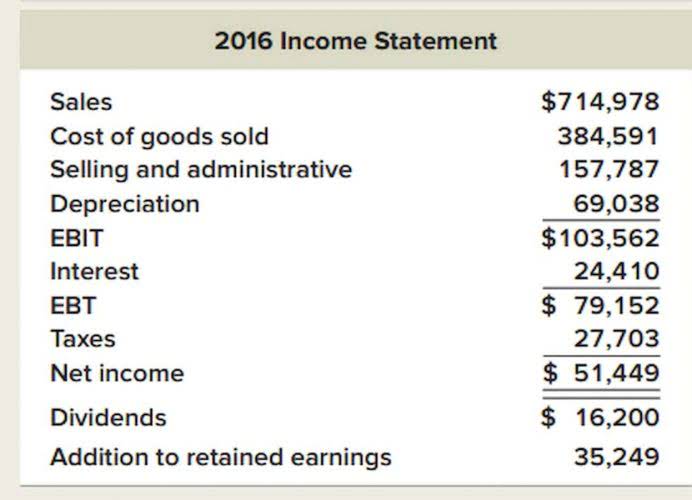
Or, maybe your customers aren’t willing to pay that much for your product. In this case, you may want to consider strategies to reduce product costs. When it comes to pricing, many stakeholders have a say in how much a customer should pay for a product. It should be a collaborative effort from executives, marketing, sales, product managers, and finance.
![]()
Try Sourcetable
- For information pertaining to the registration status of 11 Financial, please contact the state securities regulators for those states in which 11 Financial maintains a registration filing.
- Unlike product costs, period costs don’t linger in the inventory valuation storyline.
- Make sure you know where your money is going and create a budget based on your goals.
- The preceding list of period costs should make it clear that most of the administrative costs of a business can be considered period costs.
- The American Institute for Healthcare Management explains that product costs include any expenses required to deliver your products or services to the final customer.
- As there is no standard formula, professionals primarily rely on categorized expense identification and aggregation to compute this essential metric.
- With LogRocket, you can understand the scope of the issues affecting your product and prioritize the changes that need to be made.
If you have a ton of trees looming over your home, a solar system is unlikely to ever generate a significant return; in that case, Jones-Albertus recommends considering community solar. It’s also about knowing the value a project will bring to the product. This not only helps you determine the next project to prioritize but also maximizes your profits.
- So, product costs become your pricing compass, guiding you to set prices that keep your bakery in business.
- Rent can be recorded as a period cost or a product cost, depending on the purpose of the facility.
- While product costs are directly tied to the creation and development of a software product or technology solution.
- It will keep accruing, and an entity will have to bear the same without profit or revenue.
- A common mistake in calculating total period costs is misclassifying product costs as period costs.
- Period costs guide decisions about how to efficiently rule your small business realm to stay afloat, impacting staffing, advertising, and day-to-day operations.
- Inventoriable costs are costs that help businesses know how much the expenses incurred should be added to the cost of product to ensure they do not face losses.
How to Calculate Total Period Cost

Depending on the company, product managers may or may not determine the pricing strategy for the product. In this guide, we’ll show you how to calculate product cost and how doing so can help you make informed decisions about crowdfunding, refine your pricing strategy, and improve profitability. The preceding list of period costs should make accounting it clear that most of the administrative costs of a business can be considered period costs. In a nutshell, COGS is the bill for creating or buying the stuff a business sells. Imagine your favorite bakery – the cost of flour, sugar, and the baker’s time to make those croissants you’re so fond of. Period costs are the expenses in a business that aren’t directly linked to making specific products or services.

Would you prefer to work with a financial professional remotely or in-person?
- To make a profit and keep your bakery thriving, you’ll likely set a price for your cakes that’s higher than $10.
- This timing is crucial for accurately determining the total cost of producing each unit.
- These expenses are recorded as inventory on the balance sheet and become part of the cost of goods sold.
- Period costs are the expenses in a business that aren’t directly linked to making specific products or services.
- Period costs are the expenses that a company incurs during a specific accounting period but aren’t directly related to the product’s development.
- Such costs have their own sets of advantages, which the firms must know of.
- When it comes to pricing, many stakeholders have a say in how much a customer should pay for a product.
Operating expenses are the funds a business pays regularly to stay in how to calculate total period cost business – rent, salaries, and advertising costs, to name a few. They play a significant role in shaping the overall profitability of a business because they directly impact how much money it gets to keep after covering all these ongoing expenses. People often confuse product and period costs due to the complexity of accounting terminology and the different ways these costs are treated in financial reporting. It is different from the non-inventoriable cost, which only includes the cost of running businesses, but anything directly related to the production or manufacturing process. Also known as product costs, inventoriable costs differ hugely, depending on various factors, including the type of industry it is being applied in, the supplier it is passing through, etc.

A summary of the concept of product cost and period cost
- Unlike product costs, period costs don’t depend on the production volume.
- They determine the value assigned to these unsold goods on the balance sheet.
- Learn how to determine your solar payback period and find out when your investment will start saving you money.
- Understanding how to properly categorize these costs helps you optimize your spending, prioritize investments, and ultimately, drive the company’s growth and success.
- In this example, the calculated total operating cost for the second quarter is $22,300.
Prior to being sold, this inventory goes to the balance sheet and is recorded as an asset. This is because these costs are added to the cost of product, which are then borne by the customers who buy them. With a solid financial plan in place, you can identify which components are driving up your product costs and adjust accordingly. With this information, you can make informed decisions about pricing strategies, potential profitability, and areas to optimize costs during the development process.
